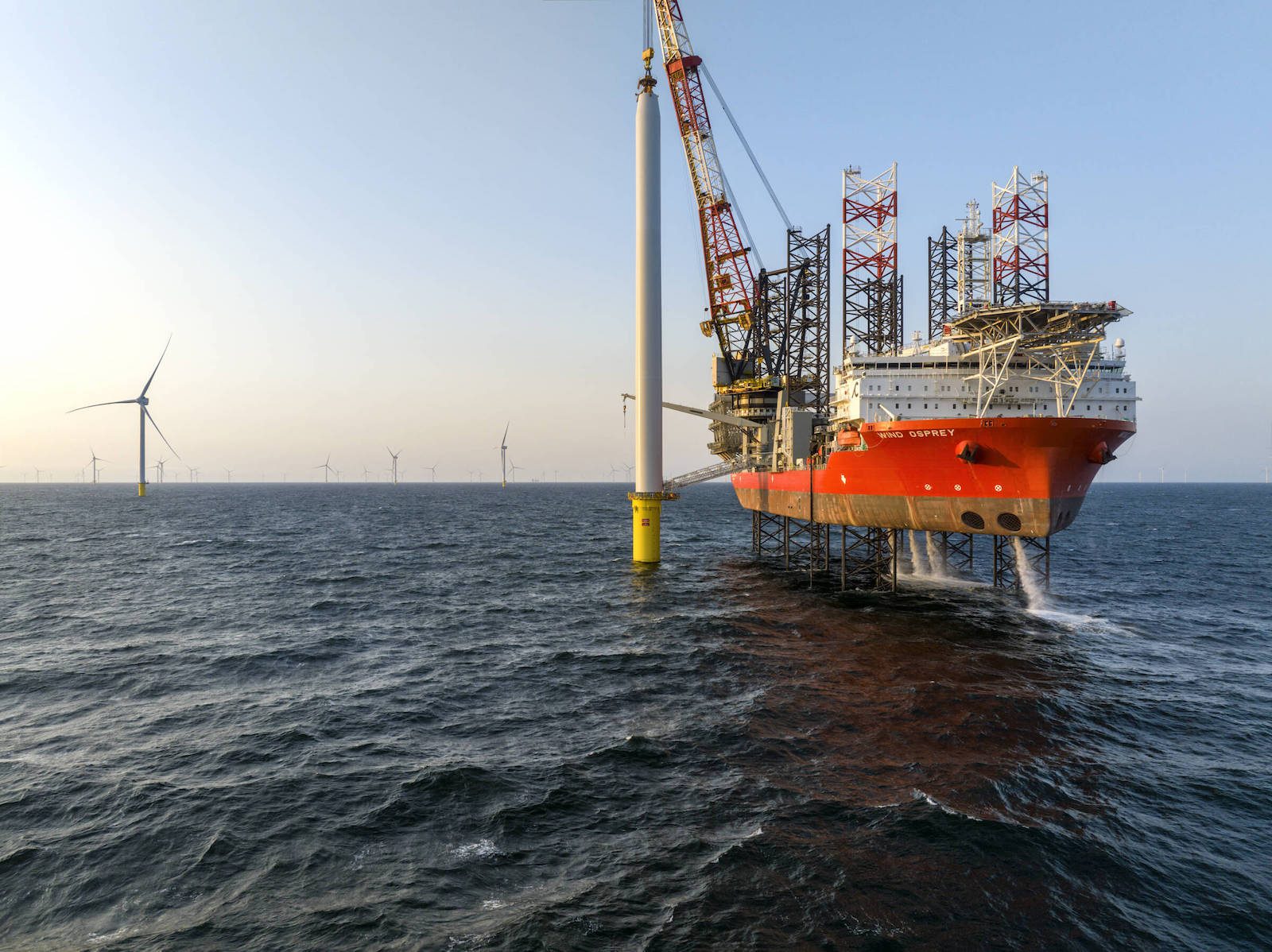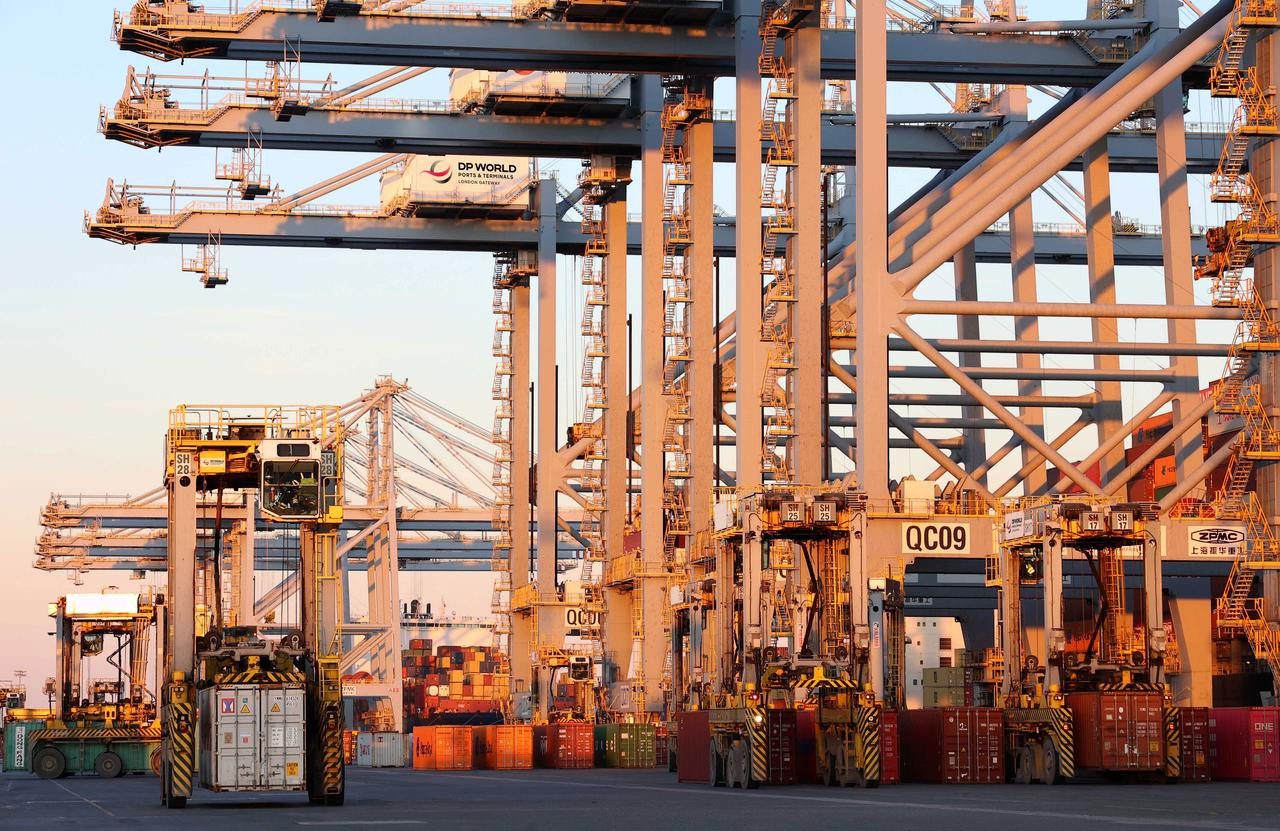By Firat Kayakiran, Naomi Christie and Angelina Rascouet
(Bloomberg) — When offshore oil rigs reach the end of their useful lives, many head for their final resting place at blowtorch beach.
There, in western Turkey, ship scrapyards have discovered a new source of income amid the plunge in oil prices over the past 16 months — tearing apart unwanted drilling platforms and selling the steel.
With Brent crude about 50 percent lower than last year’s peak in June, there’s been a surge in demand to demolish rigs along an almost mile-long stretch of beach at Aliaga, on Turkey’s Aegean Sea. Business is brisk, and looks set to pick-up further should bearish forecasts come to pass: Goldman Sachs Group Inc., for one, said last month that oil prices could “ultimately” fall to $20 a barrel.
“We expect to see more of them heading to our beach later this year,” said Adem Simsek, chairman of the Turkish Ship Recyclers’ Association, a trade group for scrappers, which says an unprecedented 11 rig demolitions will take place this year, compared with one in 2014. “Fluctuations in the oil market and old age are the main reasons.”
More Steel
The demolitions, which started last year, have altered the landscape at Aliaga because the rigs tower over the merchant ships that have traditionally been the staple for the yards, said Ersin Ceviker, head of the association’s waste management department. The platforms can be more than twice the height of conventional ships. They are easier to dismantle, and contain about four times more steel, he said.
The rigs are normally towed to the Turkish coast, with some being delivered from as far away as Brazil. Demolition companies have operated in Turkey since the 1970s, and the country’s waste-management policies make the beach a popular choice among international oil companies, Ceviker said.
The increase in rig demolition is happening worldwide, said Anil Sharma, chief executive officer of GMS Inc., the world’s biggest cash buyer of obsolete ships. The company sells them to recyclers which, in turn, typically sell the scrap steel into domestic markets. Sharma said he hasn’t seen as many rigs being cut up since forming his company 23 years ago.
This year, 42 offshore drilling rigs have been removed from the market globally, compared with 30 for all of last year and nine in 2013, according to Clarkson Plc, the world’s biggest shipbroker. Turkey is the top destination for scrapping, said Stephen Gordon, an analyst at the company. Even with the influx, Aliaga is handling its normal workload of merchant ships, the recycling association said.
“The demand to explore and drill has decreased dramatically as the oil price fell, creating an over supply of rigs in a short period of time,” Christian Hvide, a trader with GMS, said by e-mail on Sept. 18.
Demolition Beach
Scrapping involves floating the rigs onto the beach, where workers dismantle what they can. The tide then helps workers pull the structures further onto land, where the demolition continues until nothing remains.
New rigs can cost more than $600 million. Some can fetch as much as $10 million on the scrap market, according to Infield Systems Ltd., an energy-research company based in London. It can take two to three months to pull one apart, compared with about a month for a ship, Ceviker said. Rigs can yield as much as 15,000 tons of steel.
Most of the rigs being broken up were built in the 1970s and 1980s, according to GMS. The last one to arrive at Aliaga was Scarabeo-4. It’s being dismantled by Simsekler, one of the 22 firms there, said Simsek. The semi-submersible rig was owned by Saipem SpA, according to the company’s website.
The plunge in oil prices is also slowing the construction and delivery of new rigs, said Steve Robertson, a London-based director at Douglas-Westwood, an energy consultant.
“There are a lot of new rigs that are coming into the market that will probably be laid up in storage from day one,” Robertson said by phone.
Destination Aliaga
Still, the cull represents a small portion of the number of offshore rigs globally. According to Clarkson, there are about 586 in service today, out of a fleet of 776.
A prolonged slump in crude should mean more rigs being floated to Turkey, where they will be cut up by the blowtorch workers at Aliaga beach. Oil prices “will go down and stay down for a long time,” Peter Mather, group regional vice president for Europe and head of the U.K. at BP Plc, said at a conference in Brussels last month. Goldman Sachs says the return of Iranian crude after years of sanctions could also depress prices.
“We have about eight rigs being broken up and the change is really amazing,” said Ceviker of the recyclers’ association. “Their size is creating a lot of excitement on the beach.”
–With assistance from Mikael Holter in Oslo.
©2015 Bloomberg News

 Join The Club
Join The Club











